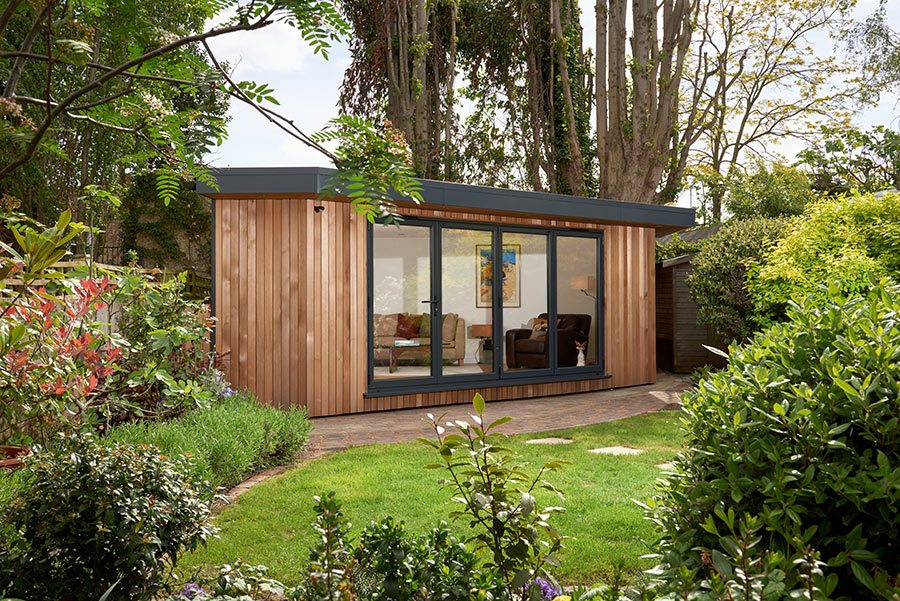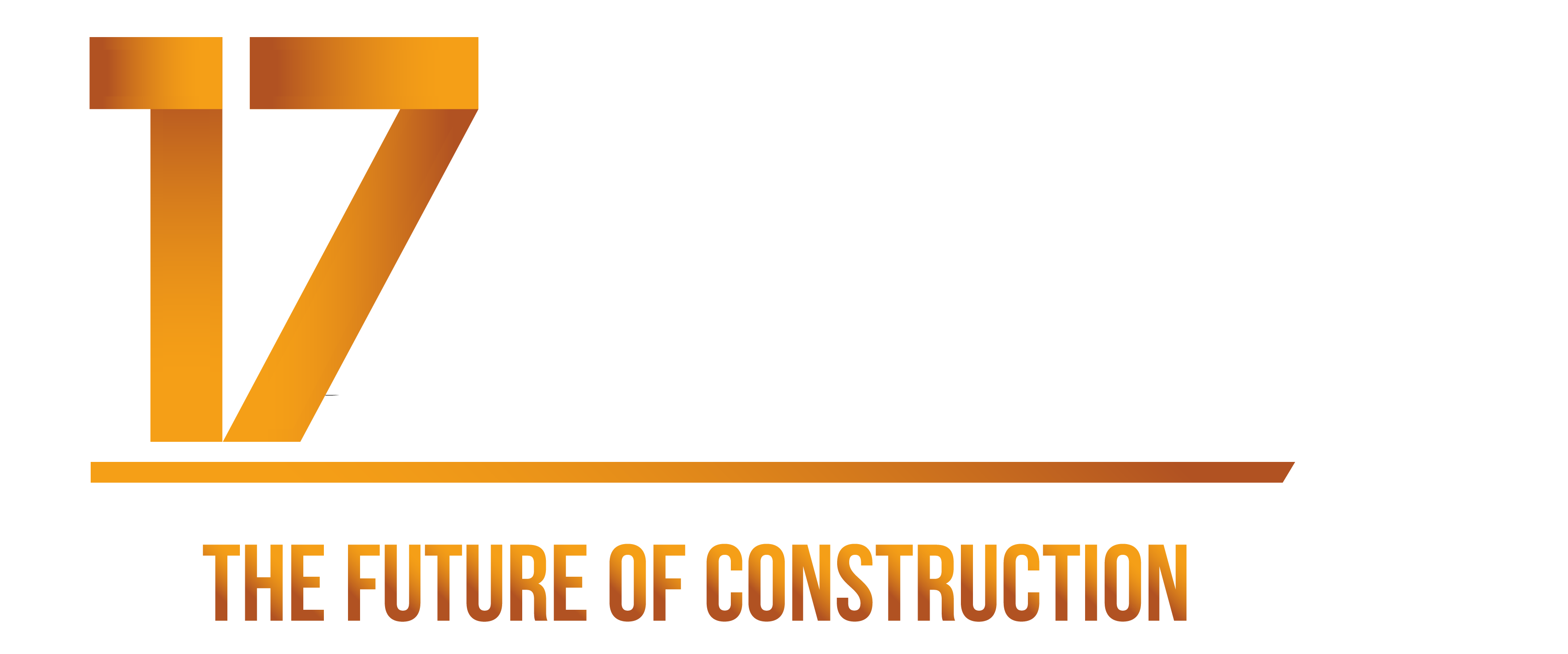Reasons to buy a STEEL-FRAMED Garden Room

Garden rooms, unlike sheds or summerhouses, are built in much the same way as a modern home. At their core, most use either conventional timber-framing or, more recently, structural insulated panels (SIPs). As the construction industry adopts new techniques, however, there’s an emerging trend of building a garden room around a light gauge steel frame.
What is a steel frame garden room?
Garden buildings commonly use timber studwork to form a structural load-bearing frame. A steel frame garden room uses light-gauge galvanised steel instead of timber studs.
What are the benefits of a steel frame garden room?
Steel-framing may be a new technique in garden room construction, but it’s been a staple of building design for decades. Below we’ve outlined just some of the reasons metal frames are growing in popularity with garden room suppliers.
- Strength
While timber is a strong building material, it’s no match for steel. Light gauge steel, also known as cold-formed steel, is far lighter and stronger than wood of equal size. The added strength means there’s potential to use thinner joists in the floor and roof structure. Permitted development’s size limitations put ceiling height at a premium. Smaller beams can potentially add 2 – 3 inches of headroom. - Speed of Assembly
Fully designed and fabricated offsite, metal frames need only be assembled upon arrival. They’re lightweight too, which makes them easier to transport and handle. In practice, the shell can be built in a matter of hours instead of days. Faster assembly doesn’t just mean less disruption during the construction phase but also lower labour costs. While labour costs may sound like a concern for the supplier, they’re ultimately factored into the project, impacting the final price. - Long-Lasting
Simple, sturdy, and reliable – a metal frame won’t undergo the same rotting, warping, splitting, and cracking over time that a timber frame might. Steel frameworks aren’t vulnerable to pests or insects either. - Accuracy
We already touched on the fact that galvanised steel frames are designed and fabricated offsite. Suppliers use computer-aided design (CAD) tools to plan the framework. Structural calculations ensure the proposed garden room is solid and durable. Computer-assisted manufacturing (CAM) then turns those plans into a pre-fabricated structure accurate to within 0.5mm. Stick built timber frames, by contrast, are measured and cut on-site. While the same degree of planning may go into a timber frame, it’s inherently less accurate. - Cost
We’ve already mentioned labour costs, but they’re just one of the ways that steel framing is competitive with timber framing. It’s no secret that timber prices have skyrocketed in the UK since the first lockdown in March 2020. Few people outside the construction industry recognise the scale of those price increases. Like all construction materials, steel has increased in price, but it hasn’t been subject to the same sort of rises as lumber. Timber has more than doubled in price, and ongoing shortages in 2022 mean that trend isn’t likely to change any time soon. Beyond the raw cost of materials, steel results in less waste. Remember that you pay for waste twice: firstly, in the cost of the unused material, and secondly, in the skip to dispose of it.
Whether you need more information on our range of garden rooms, want to book in a free site visit or you would like a no-obligation quotation, contact us using our contact form on our website or via the methods below:
T: 01379 440909
